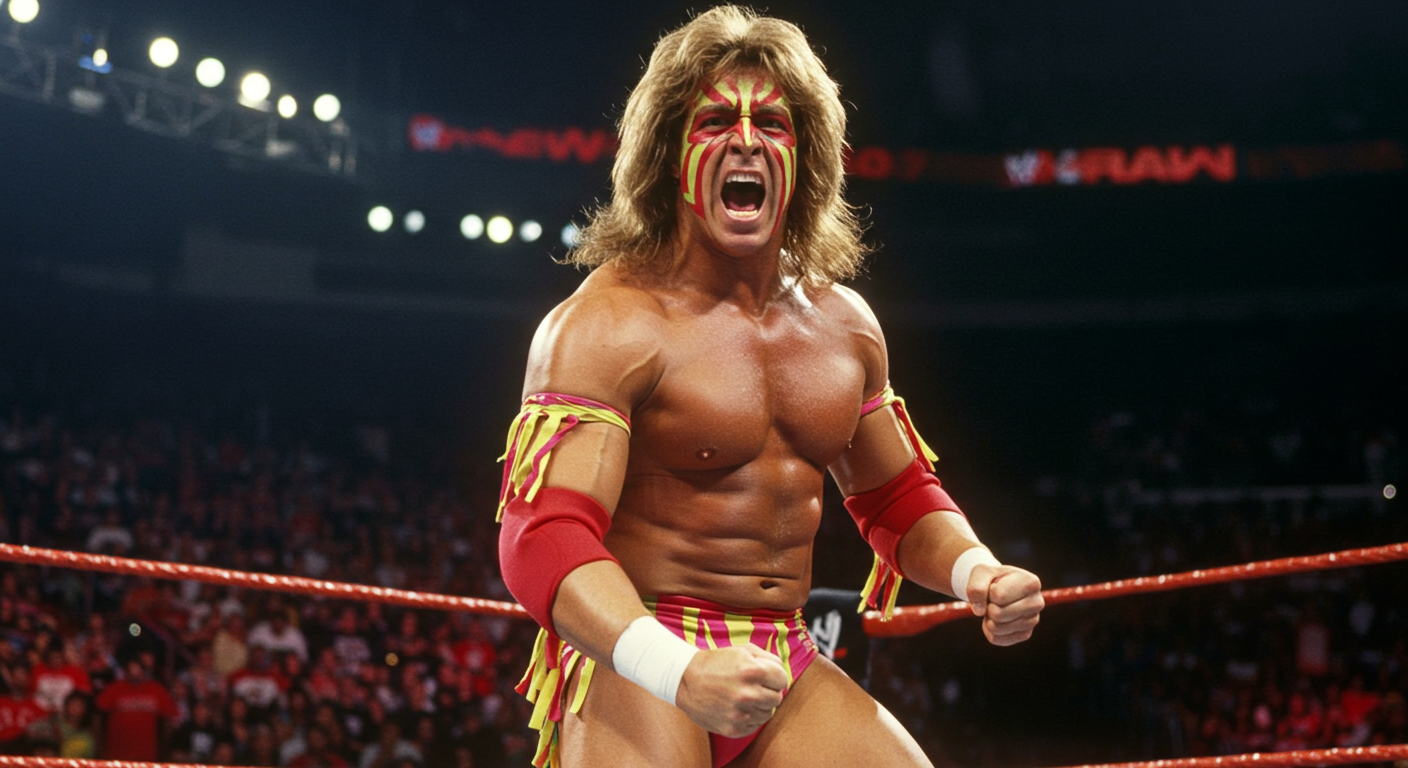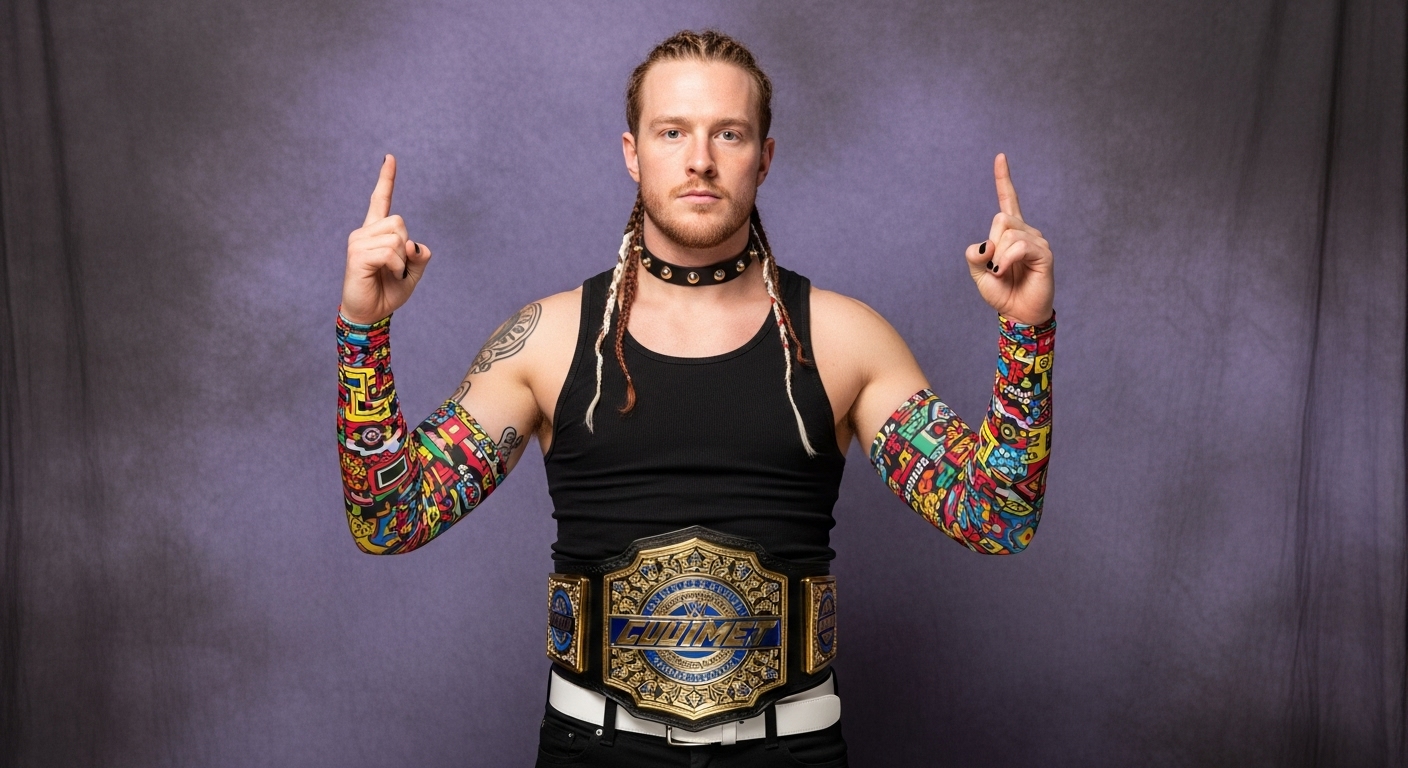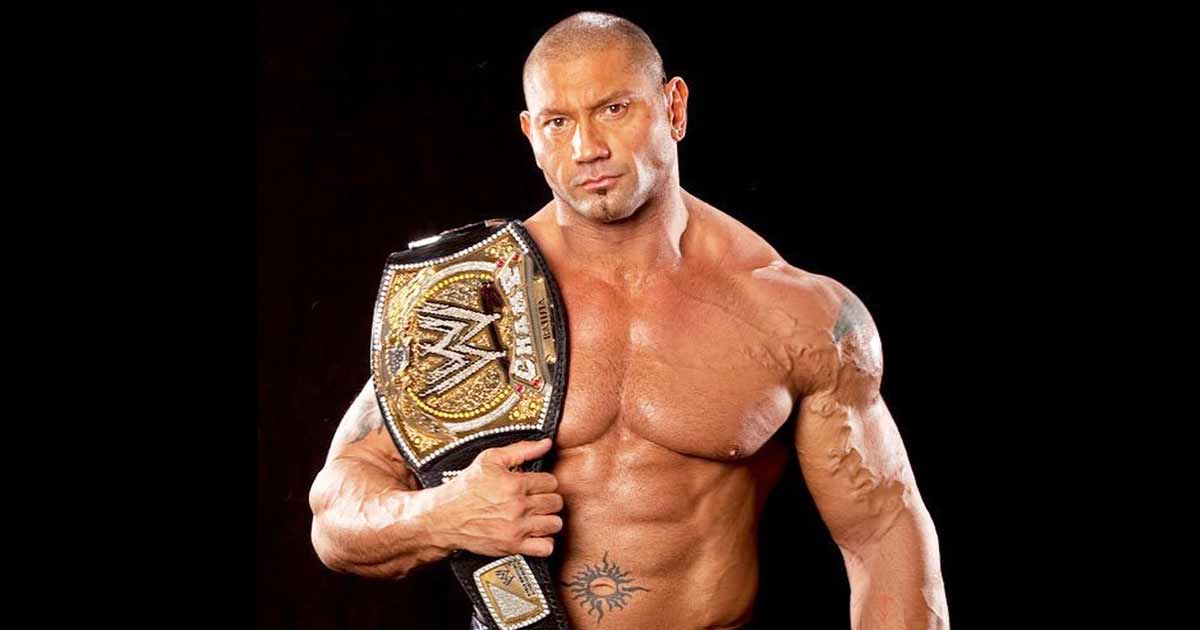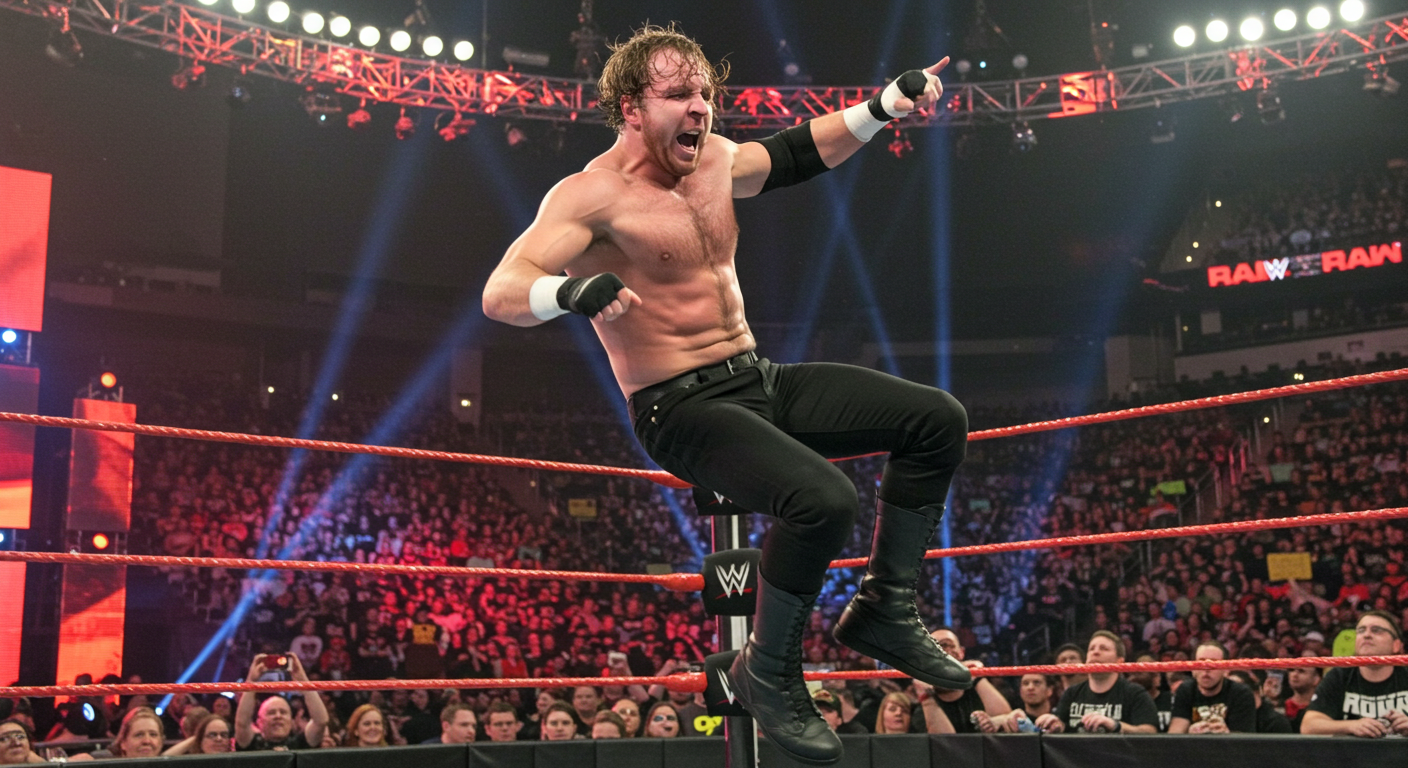See Resume of “The Ultimate Warrior” WWE Superstar, Discover the thrilling world of WWE Superstars! Explore profiles, match highlights, and exclusive insights into your favorite wrestling icons.
Parts Unknown: Deconstructing the Unforgettable Resume of The Ultimate Warrior
In the colorful history of professional wrestling, some resumes are built on technical mastery, some on decades of consistent main events, and others on a litany of championship reigns. The resume of The Ultimate Warrior, however, is not a document that can be measured by any of those conventional metrics. It is a chaotic, primal scream put to paper; a testament to the explosive power of pure, unadulterated charisma and an intensity so potent it bordered on the supernatural.
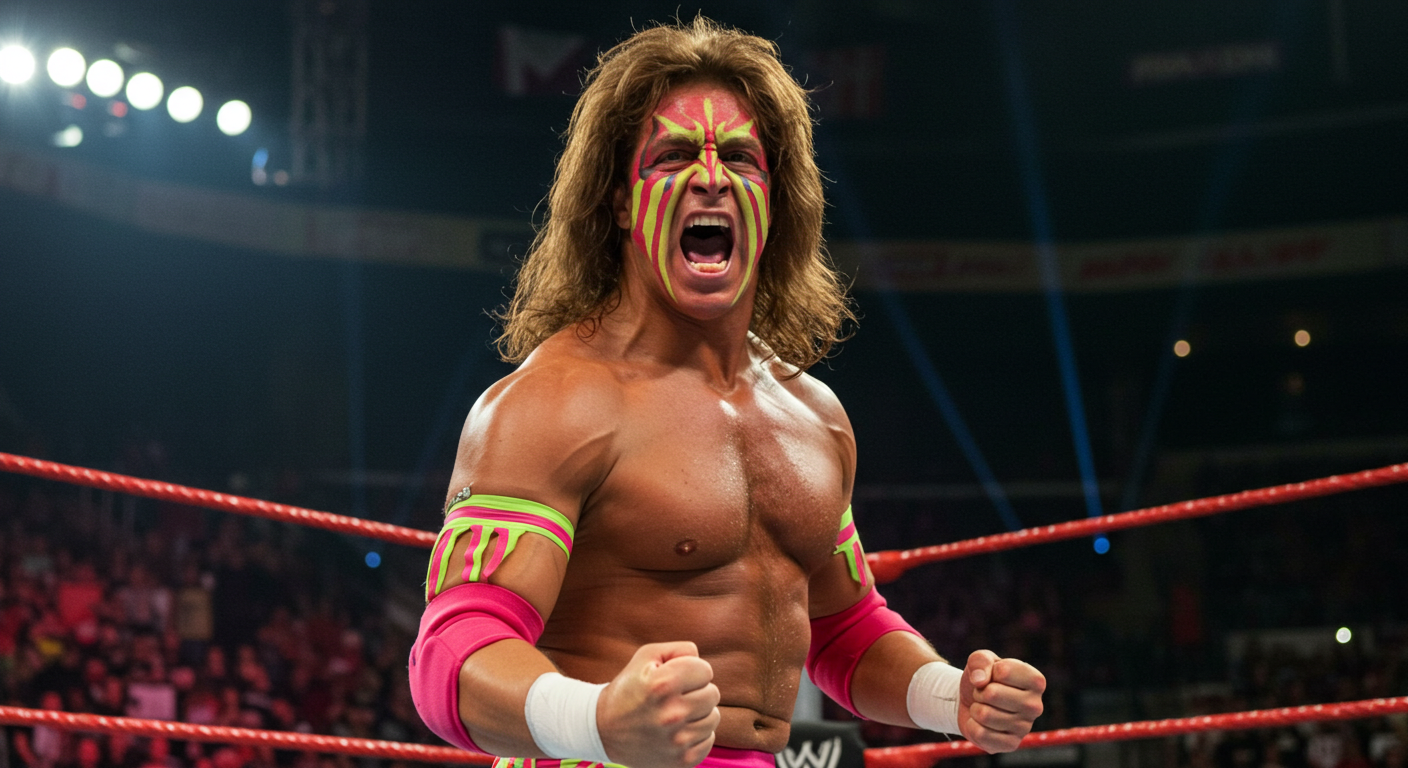
For a meteoric period from the late 1980s to the early 1990s, The Ultimate Warrior was a phenomenon. He was a comic book superhero brought to life—a whirlwind of fluorescent face paint, tassled biceps, and frenetic energy who sprinted to the ring and shook the ropes with a ferocity that seemed to draw power from another dimension. His promos were rambling, philosophical, and often nonsensical diatribes from “Parts Unknown.” To analyze the resume of The Ultimate Warrior is to study a force of nature, a performer who became one of the biggest stars in wrestling history not through five-star matches, but through an unparalleled connection with his “Warriors” and a series of iconic, unforgettable moments that defined an entire generation of the sport.
Act I: The Blade Runners – A Glimpse of Power
Before he was the sole warrior from Parts Unknown, he was Justice, one half of The Blade Runners. In the mid-1980s, in territories like Bill Watts’ Universal Wrestling Federation (UWF), a young, muscle-bound Jim Hellwig teamed with another future icon, Steve Borden (who would become Sting). As The Blade Runners, they were a powerhouse tag team managed by an up-and-coming “Hot Stuff” Eddie Gilbert.
With their spiked hair, face paint, and incredible physiques, they were a visually impressive and intimidating duo. While their time together was relatively short, this period is a crucial foundational piece of his resume. It was here that he learned the fundamentals of the business and first showcased the raw power and intensity that would become his trademark. It was a glimpse of the superstar he was destined to become, a trial run for the face-painted warrior persona that would soon take the world by storm.
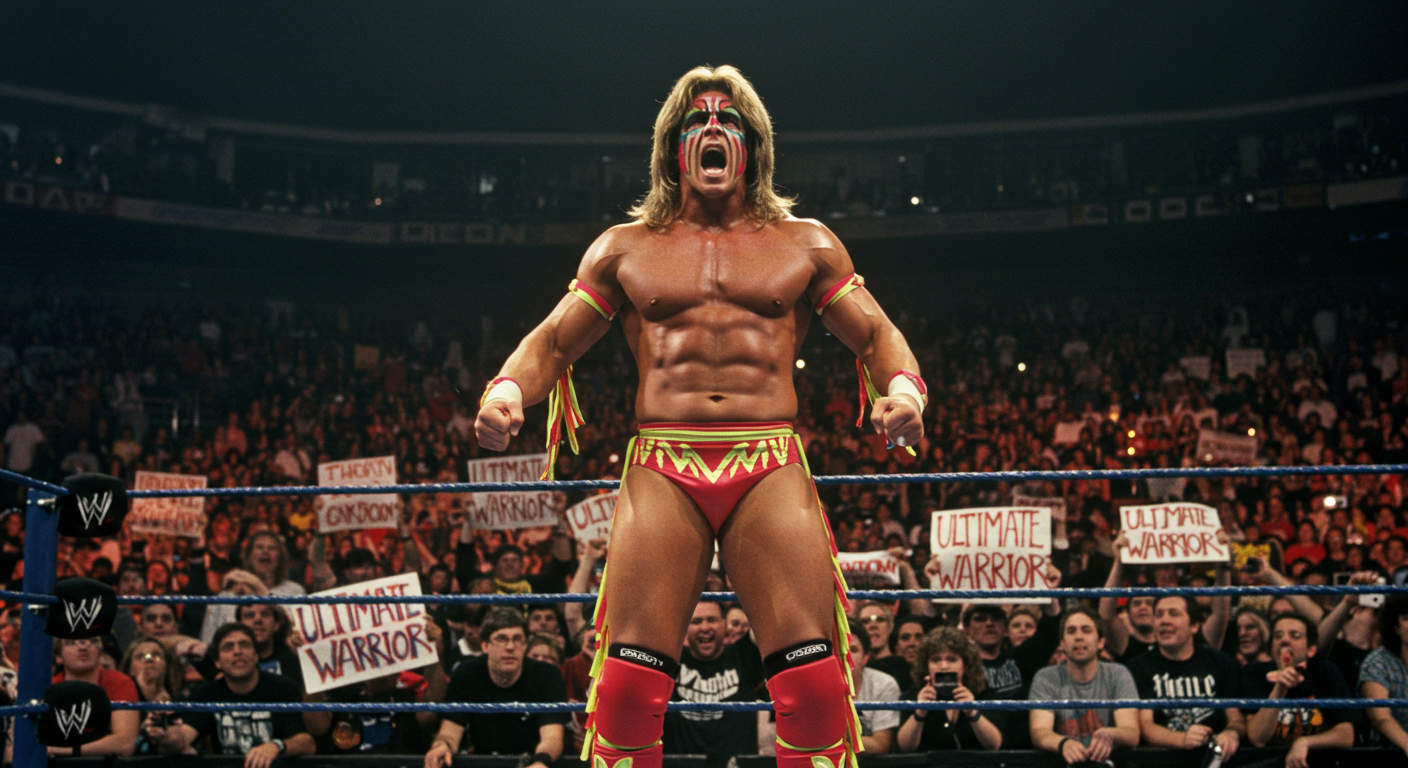
Act II: The Arrival – An Unstoppable Force
In 1987, Hellwig signed with the World Wrestling Federation and was reborn as The Ultimate Warrior. From his very first appearance, it was clear that he was unlike anyone else on the roster. He didn’t walk to the ring; he sprinted at full speed, circling the canvas and violently shaking the ropes as if possessed by an otherworldly energy.
- A Path of Destruction: The Warrior’s early run was a masterclass in building an unstoppable force. His matches were often short, explosive bursts of offense. He would run through established veterans and heels in a matter of seconds, overwhelming them with a flurry of clotheslines, shoulder blocks, and his signature gorilla press slam followed by a running splash. He was booked as an undefeated juggernaut, a force that couldn’t be reasoned with or outmaneuvered.
- The Intercontinental Champion (SummerSlam 1988): The single most important moment in his ascent came at the inaugural SummerSlam. The Honky Tonk Man was the longest-reigning Intercontinental Champion in history, a cowardly heel who had held the title for 454 days by constantly getting himself disqualified or cheating to win. When his scheduled opponent, Brutus “The Barber” Beefcake, was unable to compete, Honky Tonk Man issued an open challenge. The Ultimate Warrior’s music hit, he sprinted to the ring, and in a shocking 31 seconds, he demolished Honky Tonk Man to win the title. The crowd’s reaction was seismic. It was a star-making performance that instantly elevated him from a rising attraction to a bona fide main-event player.
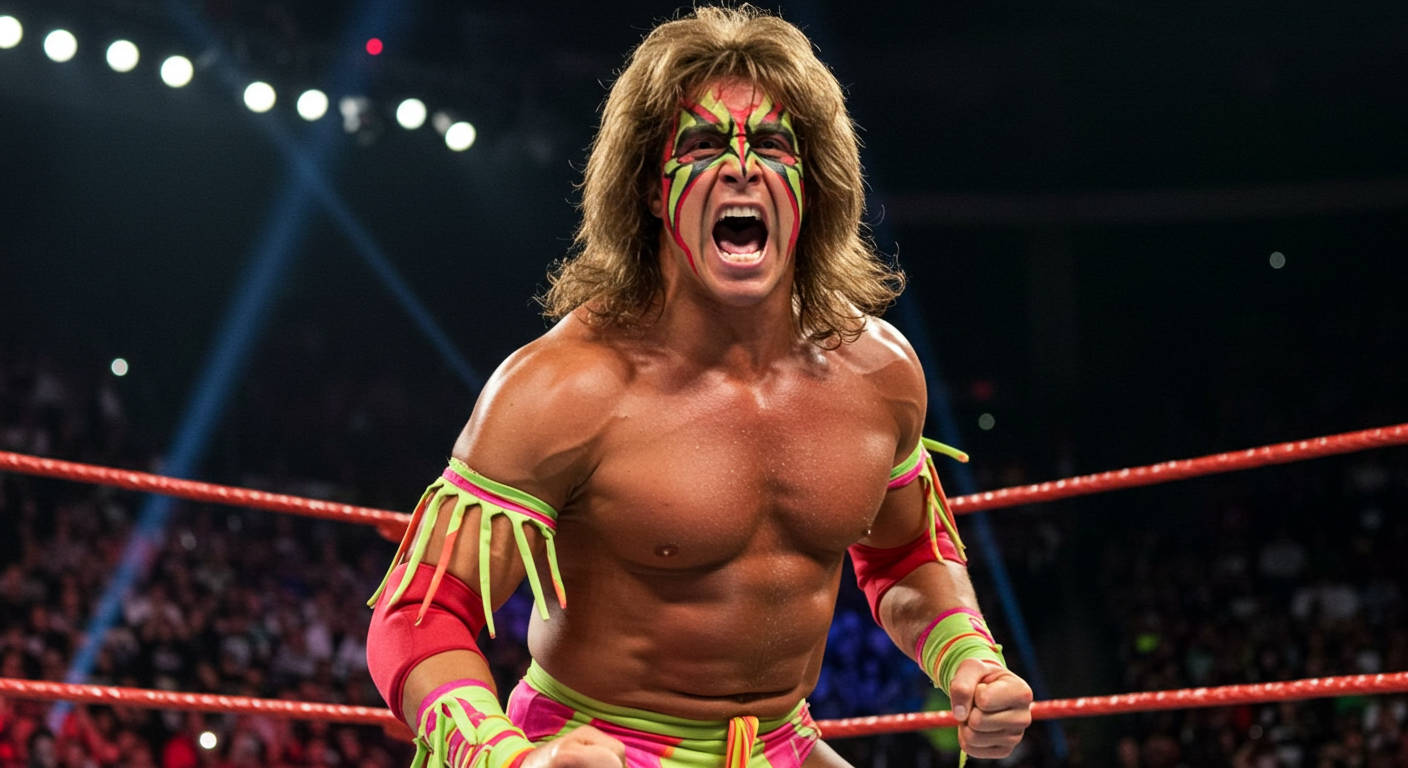
Act III: The Ultimate Challenge – A WrestleMania Main Event for the Ages
After a dominant year-long reign as Intercontinental Champion, The Ultimate Warrior was set on a collision course with the only other superstar who could match his popularity and “invincibility”: the WWF Champion, Hulk Hogan. The build to their match was unprecedented. It was hero versus hero, an unstoppable force meeting an immovable object.
- Champion vs. Champion, Title for Title: The match was set for the main event of WrestleMania VI at the Toronto SkyDome. Dubbed “The Ultimate Challenge,” it was the first time in WrestleMania history that the WWF Champion and the Intercontinental Champion would face off with both titles on the line. The storyline was simple but incredibly effective: two beloved superheroes fighting for ultimate supremacy.
- A Passing of the Torch: The match itself was a spectacle. It exceeded all expectations, becoming a dramatic, back-and-forth battle that had the 67,000 fans in attendance on the edge of their seats. In the stunning conclusion, Warrior dodged Hogan’s signature leg drop and hit his big splash to secure the three-count. He had done the unthinkable: he had pinned Hulk Hogan clean in the middle of the ring at WrestleMania.

This victory is the centerpiece of The Ultimate Warrior’s entire resume. In that moment, he became the first and only person in history to hold both the WWF Championship and the Intercontinental Championship simultaneously. He had been passed the torch by the biggest star in the history of the business, seemingly anointed as the face of the company for the 1990s.
Act IV: A Turbulent Reign and Sporadic Returns
The Ultimate Warrior’s reign as WWF Champion was a solid one, but it never quite reached the heights of Hogan’s era. He had successful title defenses against “Ravishing” Rick Rude and Ted DiBiase, but his most memorable feud during this time was against the “Macho King” Randy Savage. This led to a classic “Retirement Match” at WrestleMania VII, which Warrior won, further solidifying his status as a top-tier star.
However, his time as champion was also marked by behind-the-scenes contract disputes with Vince McMahon, which ultimately led to a strained relationship and his first departure from the company in 1991. He would make several returns to the WWF, including a brief run in 1992 and another in 1996 where he famously squashed a young Hunter Hearst Helmsley at WrestleMania XII. He also had a short, ill-fated run in WCW in 1998, primarily designed to give Hogan a “win” back. While these later runs were not as impactful, they could not diminish the incredible peak he had reached.
The Final Resume: An Icon of Intensity
The Ultimate Warrior was never a technical virtuoso. His matches were not wrestling clinics. His resume is not filled with a dozen world titles. But what it lacks in those areas, it more than makes up for in pure, unadulterated impact.
He was a two-time Intercontinental Champion and a one-time WWF Champion. He was the man who ended the longest Intercontinental title reign in history. He was the man who pinned Hulk Hogan at WrestleMania. He was a phenomenon whose entrance was as exciting as most people’s matches.
His induction into the WWE Hall of Fame in 2014, just days before his untimely passing, was the final, fitting entry on his unique resume. It was a recognition of his status as a true icon, a performer whose intensity and charisma created a connection with the audience that few have ever been able to replicate. The resume of The Ultimate Warrior is a testament to the power of personality, a chaotic, colorful, and unforgettable document of a man who truly was a force of nature from Parts Unknown.
